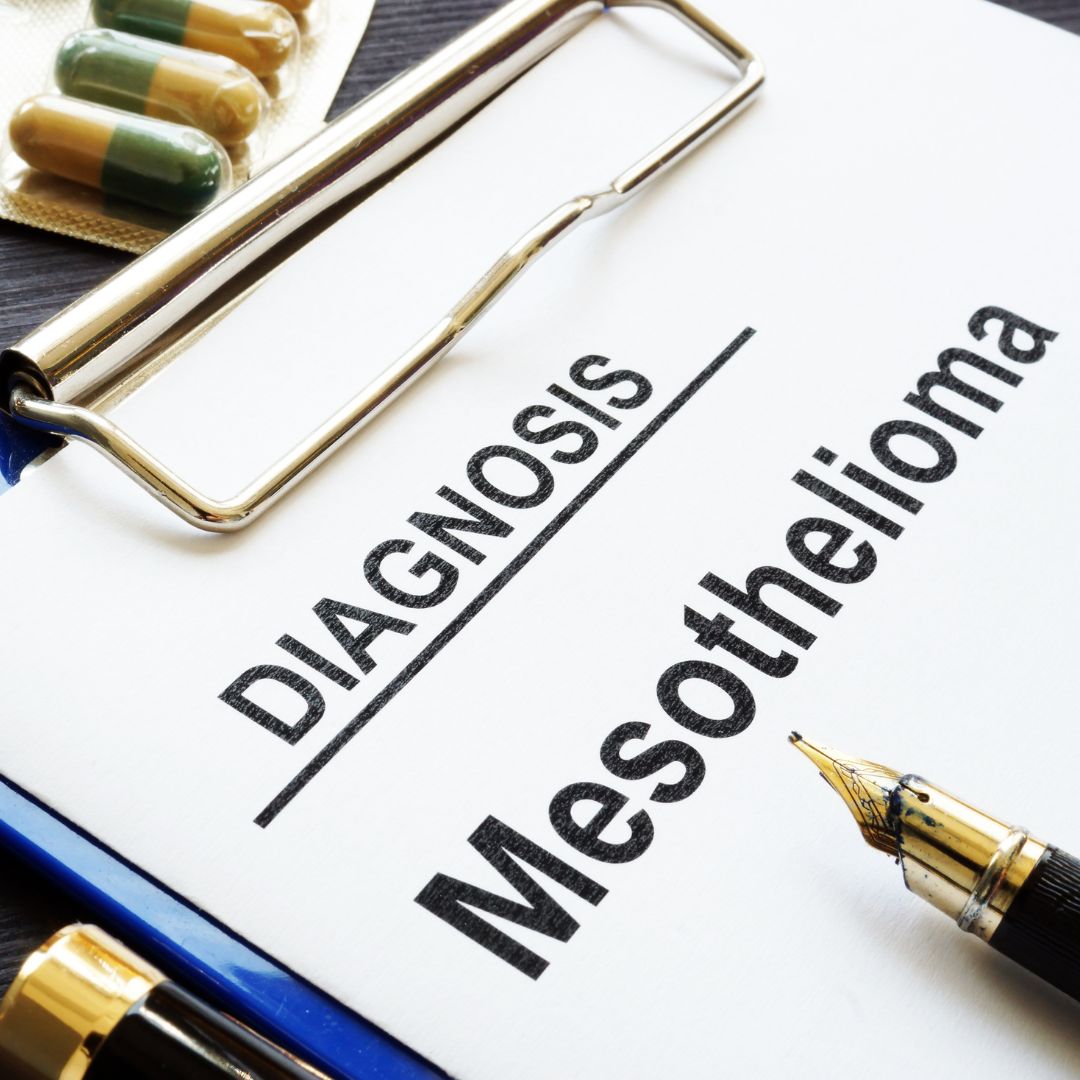Mesothelioma is a form of cancer that is almost always caused by previous exposure to asbestos. In this disease, malignant cells develop in the mesot
Mesothelioma is a form of cancer that is almost always caused by previous exposure to asbestos. In this disease, malignant cells develop in the mesothelium, a protective lining that covers most of the body’s internal organs. Its most common site is the pleura, but it may also occur in the peritoneum or the pericardium.
Mesothelioma is a disease that is almost 100% preventable; the only known cause is via exposure to the deadly mineral Asbestos. It comes from inhaling the particles of dust as the asbestos degrades; eating away at the lining of your lungs and developing into a deadly cancer. Dust that was inhaled in clouds of white powder,Guest Posting dust that was carried home on the clothes of the men who built this country, dust that was cleaned from the clothes by the wives and children who supported their sole provider at home, dust that was packed around the heating systems in houses and offices and schools, dust that carried a deadly price; and dust made a fortune in blood money for the companies that produced it.
The Different Types of Mesothelioma A disease that has only started to come to light in recent years, mesothelioma is a cancer that normally presents itself in malignant form and results in tumours in and around vital organs of the body. The definition of the word mesothelioma is literally cancer of the mesothelium. The mesothelium is the sac that lines and protects vital organs such as the heart and the lungs, and this disease causes the cells of the lining to become abnormal and malignant.
The result of asbestos exposure, mesothelioma comes in three forms:
Pleural Mesothelioma:The most common form of mesothelioma is pleural mesothelioma. This is where the cancer affects the lungs and the protective lining and cavity of the lungs. The symptoms of pleural mesothelioma result from pleural effusion, which is a build up of fluid between the lung lining and the chest cavity. Sufferers of pleural mesothelioma may experience some or all of the following symptoms: difficulty in breathing, difficulty in swallowing, shortness of breath, persistent coughing, weight loss, fever, coughing up of blood, and rasping.
Peritoneal Mesothelioma:A rarer form of mesothelioma is peritoneal mesothelioma. This is where the cancer affects the stomach and abdomen. The cancer can start in the abdominal area and spread to other parts of the body, but the tumours that press against the wall of the abdomen can cause some or all of the following symptoms: abdominal pain, abdominal swelling, nausea, loss of appetite, vomiting, breathing problems, chest pain, bowel obstruction, anaemia, fever, and blood clotting abnormalities.
Pericardial Mesothelioma:The last and the rarest of the mesothelioma types is pericardial mesothelioma. This is where the cancer affects the heart and the cavity that surrounds the heart. The tumours affecting pericardial mesothelioma patients can cause some or all of these symptoms: chest pain, shortness of breath, trouble breathing, persistent coughing, and palpitations.
Treatment of Mesothelioma:
The most common treatments are:
Surgery A surgical procedure, known as pneumonectomy, can be used for pleural mesothelioma and involves the removal of the diseased lung. An extra-pleural pneumonectomy may be necessary depending upon the spread of the disease, and this may involve the removal of parts of the diaphragm as well as the lung. There is a high risk factor with this surgery, and its viability is dependant upon the patient’s overall health, smoking habits and the extent of the asbestos exposure. A pleurectomy is another type of surgery that may be used, and here part of the chest, abdominal lining and surrounding tissue may be removed.
Radiation treatment Radiation treatment, which gives the benefit of treating the affected area without exposing the healthy cells and tissue, is another treatment used to treat mesothelioma. This is a speedy and commonly used method for many types of cancer, as well as mesothelioma. It works through the placements of radioactive sources in the affected area, which then give out radiation to kill off the abnormal cells. The radiation continues to transmit for around a year, working to destroy the tumour. Radiation therapy can be used alongside surgery, or if the patient is not well enough for surgery can be used alone. Chemotherapy Chemotherapy treatments can be administered in the form of pills or injected medication. The downside of chemotherapy is that the drugs used can contain high toxicity levels and can therefore make patients quite ill. Side effects can include nausea, vomiting, hair loss, weight loss and physical fatigue. There are also a number of post-chemo drugs that are used to alleviate the side effects of the chemotherapy. Because chemotherapy drugs are not targeted towards a specific area, they are left to make their way through the body and find the affected area. This means that they are also able to affect tissue and cells that are unaffected by the disease, which can again cause side effects.
Palliative Therapies Palliative Therapies may also be used on mesothelioma patients. These therapies entail draining excess fluid from the patient through the use of a needle and suction. To prevent further fluid accumulation drugs may be fed through a tube into the chest following the fluid drainage.
For more details on Mesothelioma visit us at www.halfvalue.com and www.halfvalue.co.uk For details of Books visit: www.lookbookstores.com
Source: Free Guest Posting Articles from ArticlesFactory.com
